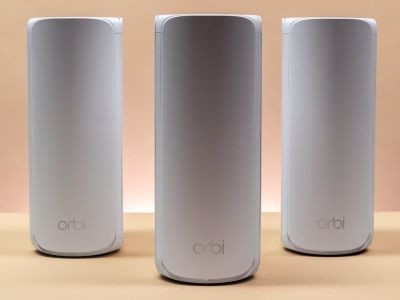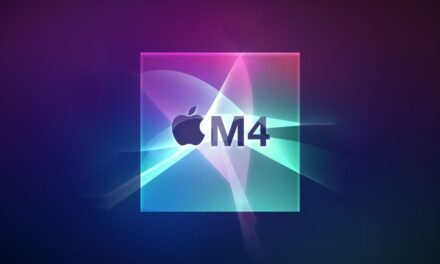An insider under the nickname Fixed Focus has published an interesting report on Apple’s A18 and A18 Pro processors, which are due to debut in the iPhone 16 series. Judging by the leak, you should not expect noticeable differences in performance between the basic and Pro versions of smartphones.

Let’s start with the A18 Pro.
It is built on the 3nm manufacturing node, but this is the second-generation manufacturing process, which is more refined and efficient. The A18 Pro houses the “fastest CPU in any smartphone” and consists of 6 cores – two main cores doing the heavy lifting and four energy-efficient cores. Put together, they outperform the A17 Pro’s CPU by 15% while using 20% less power.
As for the GPU, it gets a desktop-class architecture and can outperform its predecessor by 20% and can-do ray tracing twice as fast.
The improved memory bandwidth and the larger cache size allow the A18 Pro get some “Advanced media” features support. Those include a ProMotion display supoprt, Always-on display support, faster USB 3 speeds and ProRes video recording. These features are all unavailable on the regular iPhones.
Recently, TD Cowen, a market research firm, revealed that the material cost to manufacture the iPhone 16 Pro Max has risen by 7% compared to its predecessor. The bill of materials (BOM) for a 256GB iPhone 16 Pro Max, which retails at $1,199, now stands at $485. In comparison, the iPhone 15 Pro Max’s BOM was $453. The most expensive components in the iPhone 16 Pro Max are the display and rear camera module, each costing $80 and accounting for 16% of the total material cost. The camera has seen the largest cost increase, adding $10, while memory and storage costs have risen by $5 each.
There’s also a new image processing unit that improves camera performance and data processing for video encoding. That last bit is twice as fast on the A18 Pro compared to the A17 Pro.
Of course, the AI-related capabilities are all better now. The NPU gets 16 cores capable of 35 trillion operations per second and gets access to 17% more memory bandwidth. It’s supposed to be 2x faster and more efficient than its predecessor.
The difference lies within the GPU and the image processing capabilities. The non-Pro doesn’t get the so-called “Advanced media” features, while the GPU gets a 5-core setup instead of a 6-core setup. It’s still pretty fast, though, as Apple claims 40% gains in graphics performance over the A16 Bionic and uses 35% less power, too.
The vanilla A18 chip also gets the new NPU treatment and it’s largely the same as its Pro sibling. It has a 6-core CPU with the same setup and it’s 30% faster than last year’s A16 Bionic found in the vanilla iPhone 15 and 15 Plus. It also uses 30% less power than its predecessor for the same workloads.
According to the insider, both chips will receive six processor cores with a maximum clock speed of 4.05 GHz. The main difference between the A18 Pro and the younger model will be the advantage of one GPU core: six against five. Otherwise, as expected, there will be no differences between them.
According to early rumors, all versions of the iPhone 16 will also get at least 8GB of RAM. Part of this volume will be reserved for the operation of Apple Intelligence AI functions. Of the previous generation models, only the iPhone 15 Pro and Pro Max support them.
As per usual, Apple doesn’t give away too much information about its hardware, so we will have to wait a little before we get more detailed specs, such as CPU and GPU clock speeds, memory used, etc.















